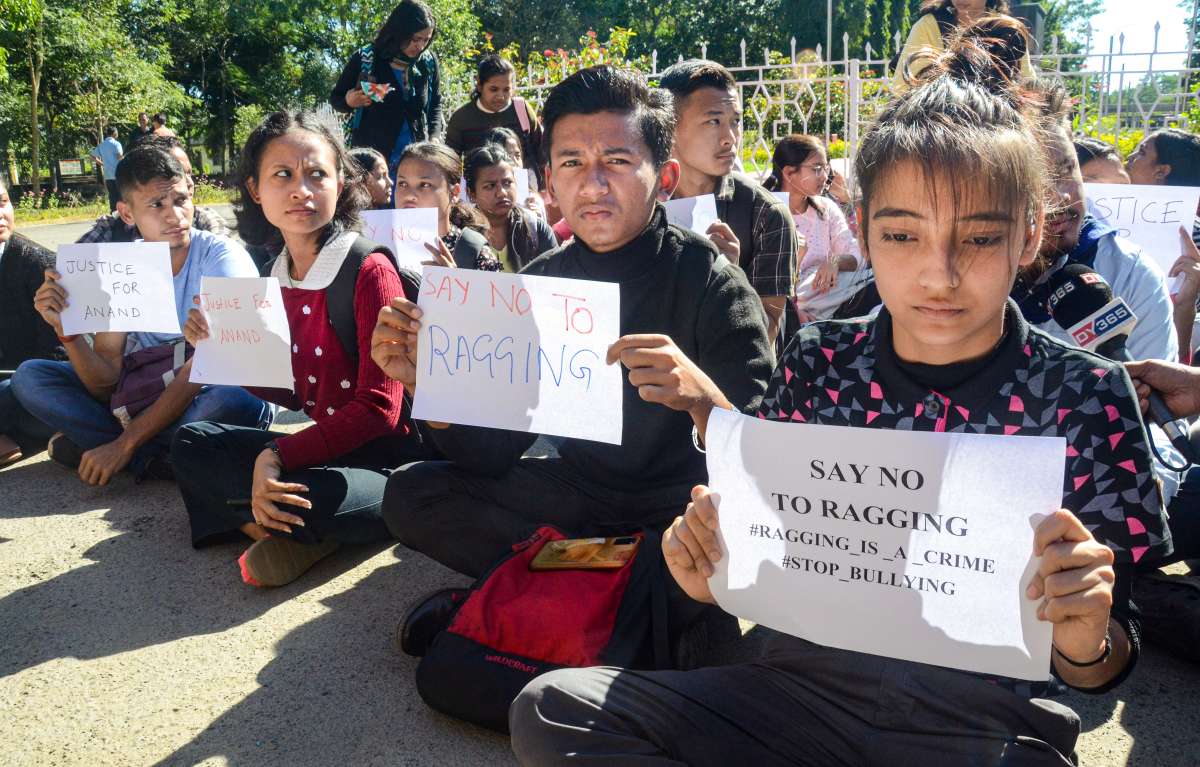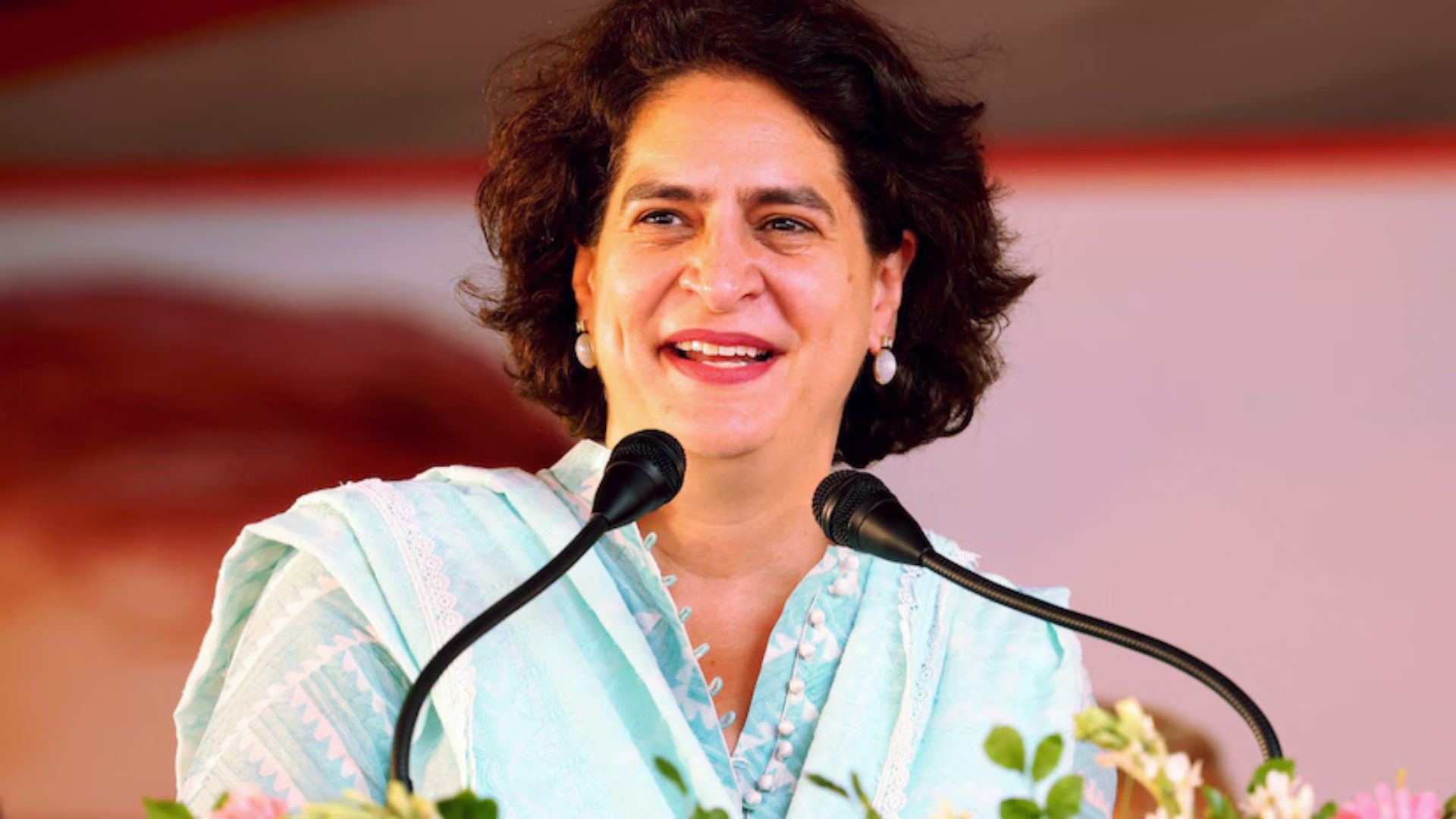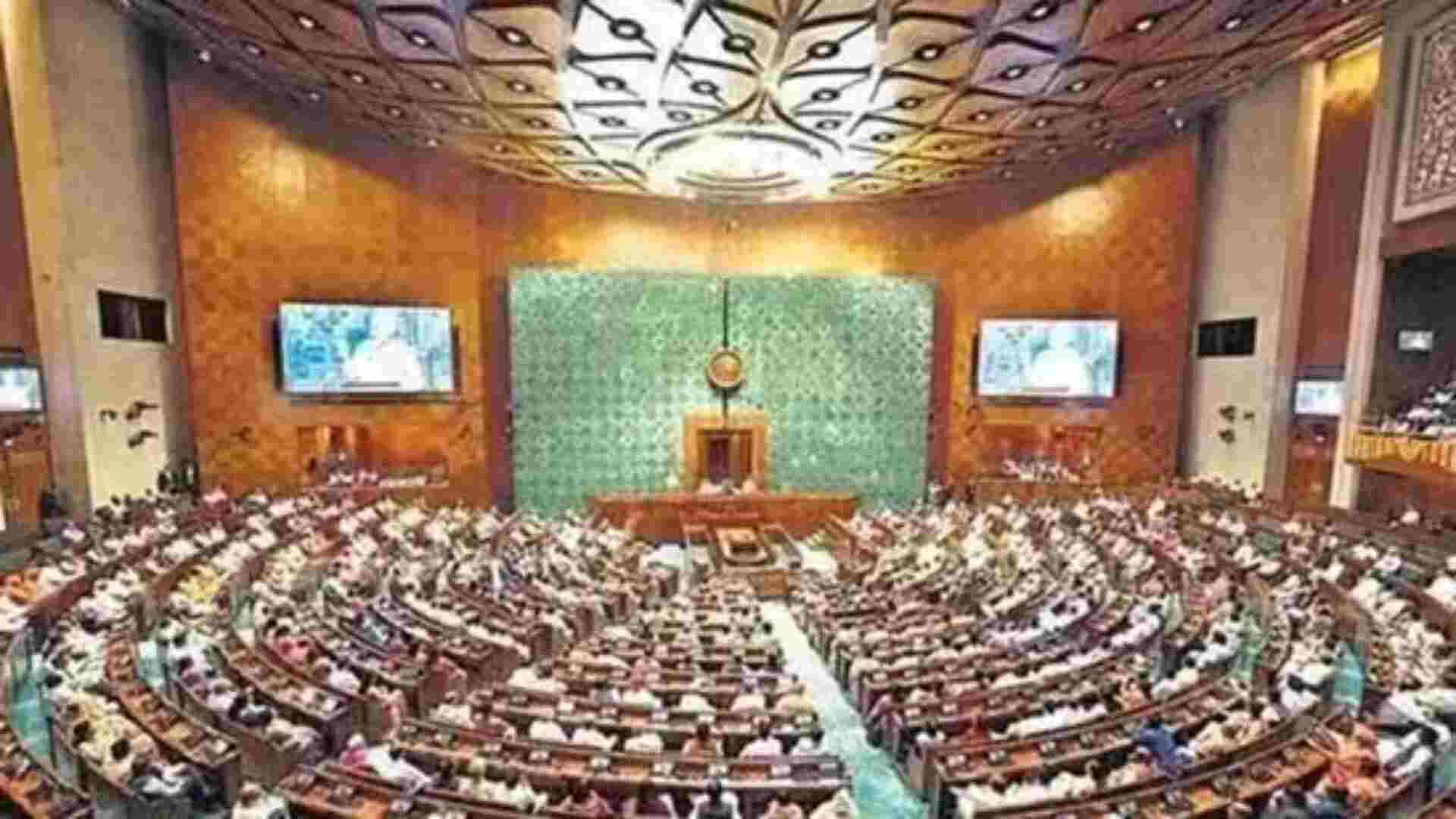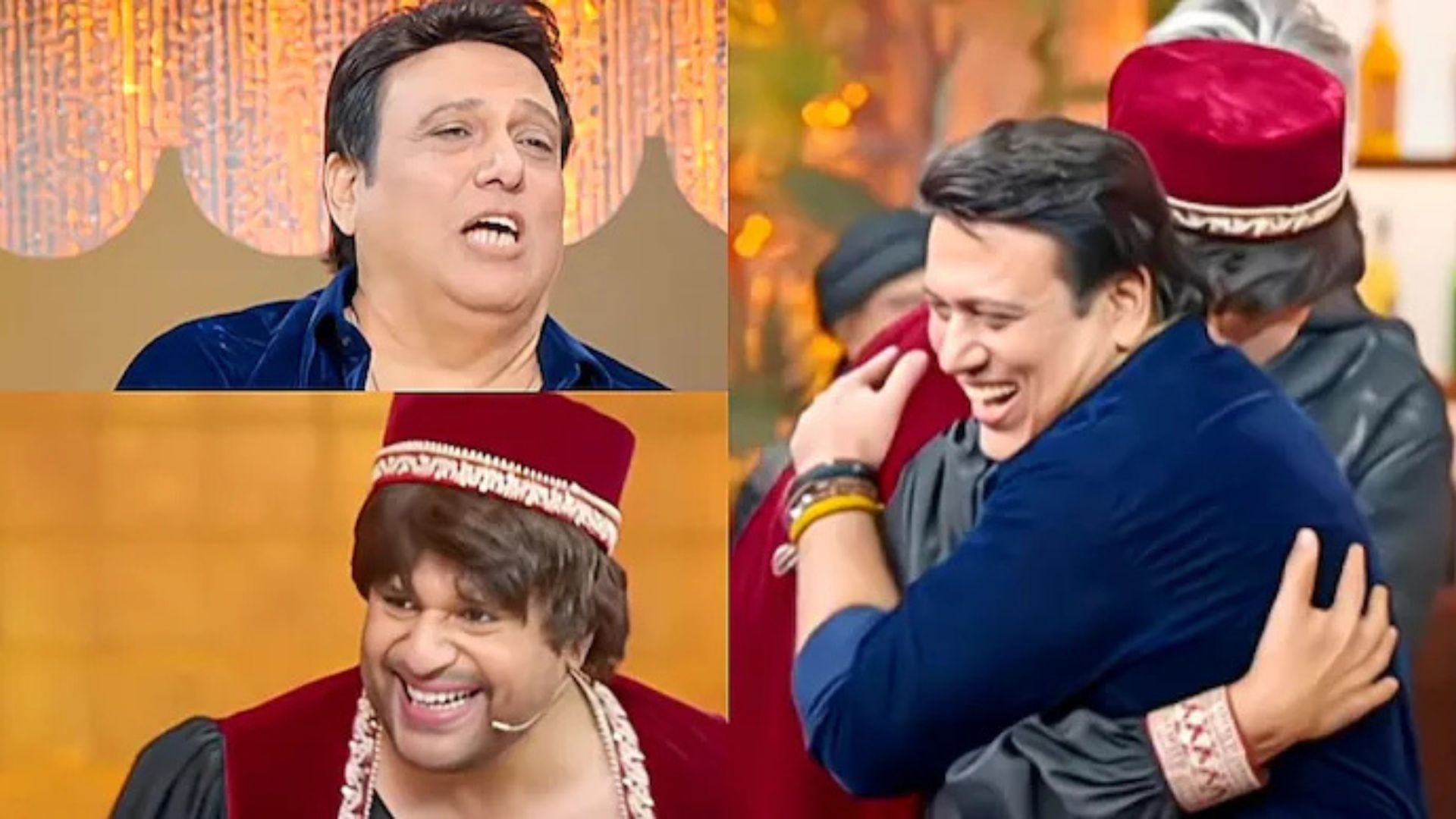
IntroductIon
As we all know, ‘Ragging’ is the social contract be- tween seniors and juniors in schools and colleges. An in- teraction that can be violent, inhumane, and anti-social at times. Even some of the most prestigious colleges and universities have a dreadful history of ragging. Given all of this, anti-ragging laws are now necessary.
According to a 2017 poll, almost 40% of Indian stu- dents experienced some sort of ragging and bullying, with medical and engineer- ing campuses reporting the highest rates. These results are stunning because they were obtained despite rigor- ous anti-ragging measures.
At the same time, we should realize; India had a very long history of cases where it can be seen that the laws which were enacted just to protect the victim can be misused by them against anybody for their benefit. The laws against ragging are also not exceptions. In this short article, we would be taking a glance at how these laws, which are prone to abuse, can disrupt a student’s men- tal and physical well-being.
How dId raggIng EmErgE In IndIa? Ragging was done in India even before independence. This was only done as a fun activity for interaction in English and Army courses. It did not involve any type of violence, assault, etc. It grew over time, and in 1980, as the media’s influence grew, it began to manifest itself in the form of violent tendencies
culture
among students.
It had reached its zenith by
the 1990s. Private medical and engineering institutes were opened in India at the time. During this time, rag- ging took on a terrifying new shape. Given the gravity of the situation, rules prohib- iting ragging began to arise.
Ragging was outlawed in India by the Supreme Court in 2001. Nonetheless, certain examples continue to emerge. The death of Aman Kachru, a student at a medical college in Dharamsala, in 2009 as a result of ragging caused the Supreme Court to order that all educational institutions in the country rigidly enforce the anti-ragging statute.
Laws and PunIsHmEnt agaInst raggIng Ragging or bullying is con- sidered a crime in India and is a punishable offense under different institutional and state laws. Expulsion from the institution, sus- pension from the institution or classes for a brief time, or a fine with a public apology may be imposed as punish- ment. The punishment may also include (i) Withholding scholarships or other perks; (ii) barring participation in activities; (iii) withholding results; and (iv) suspension or expulsion from a dormi- tory or mess. Further, If a student is found guilty of ragging, he or she might even be imprisoned for three years and fined.
Some Indian states have their anti-ragging laws, other ones are based on the central ragging legislation. The fol- lowing are the central laws that govern the practice of ragging in India:
1. Some sections of The In- dian Penal Code, 1860
2. The UGC Laws on Combat- ing Ragging in Higher Edu- cational Institutions, 2009 3. Prohibition of Ragging Act, 2011
4. and other institute-specific regulations.
How Laws agaInst raggIng can BE mIsusEd?
While the Act explained and categorized Ragging and the related provision aptly, one of the Sections which causes a gap between the desired objectives and the ground reality is Regulation 6.5.11 of UGC Regulations on Curbing the Menace of Ragging, 2009
“The burden of proof shall lie on the perpetrator of ragging and not on the victim”.
This means a fresher can file a complaint against his senior and it’s on the senior now to prove that he is not guilty or innocent of the act committed. This sec- tion is wholly unfair and goes against the principle of natural justice as the inves- tigation and the process to prove oneself innocent for a student who is around the same age as his junior can be traumatizing and mentally exhaustive.
rEguLatIon 6.3
says tHat
“Every institution shall constitute a committee to be known as the Anti-Ragging Committee to be nominated and headed by the Head of the institution, and con- sisting of representatives of civil and police administration, local media, Non-Government Orga- nizations involved in youth ac- tivities, representatives of faculty members, representatives of par- ents, representatives of studentsbelonging to the fresher’s category as well as senior students, non- teaching staff; and shall have a diverse mix of membership in terms of levels as well as gender.”
This regulation perma- nently puts an obligation on the university to constitute a board after the reported inci- dent of ragging which should also be consists of representa- tives of students belonging to the fresher category as well as senior students but in some universities, this decision is solely taken by the univer- sity administration without
consulting the student body about the incident and inno- cency of the students which should be taken into account.
According to the online complaint filing portal of UGC; a ragging complaint can be filled by any student ‘Anonymously’ which means any student can use the por- tal without even revealing his name that he suffered from the acts of ragging and it is now a strict obligation for the university to investigate the students against whom the complaint has been filed.
This legislation can open the gates for students to misuse the portal by filing an anony- mous complaint against any- body. Not only this but the op- tion of anonymous complaint at UGC can also be used by any other person like a batch- mate or a friend to file a com- plaint against any student in the college by pretending to be a junior who has suffered the act of ragging.
PrEvIous casEs of faLsE comPLaInts According to a news report by Times of India, a university named Guru Angad Dev Vet- erinary and Animal Sciences University faced this issue wherein a junior complaint against 2 of his seniors for the acts of ragging committed against him, and the univer- sity in retaliation suspended these students as punishment for their actions.
However, later it was re- vealed that the complaint was frivolous and filed by the ju- nior because of his fight with the group of seniors. Accord- ing to sources, the junior had complained about a group clash during the previous semester also.
However, it remains to be seen whether the authori- ties will take any action to stop the brawls, which are not classified as ‘ragging.’ As a result, the debate arises as to whether seniors are sadis- tic and whether freshers end up being victims. Is it possible that anti-ragging legislation is being used to settle personal scores?
“Nowadays, seniors feel frightened and juniors are in high spirits due to the anti-rag- ging rule,” a teacher noted when discussing the mat- ter.
In response to this com- ment, a female student stated, “A fresher tried to
blackmail a senior for getting her preferred room, failing which she would declare she was ragged.”
concLusIon
Now on the daily basis, we can see in our local newspa- pers reporting about college students engaging in acts of ragging, but nobody knows the real side of the stories, none of the people’s facts checks the same which ulti- mately proves a big mental trauma both for the stu- dents and the authorities of universities, the university has to face the insult and gets recognized as an insti- tution which promotes rag- ging. The accused students not only get mental trau- ma in the procedure but also face lots of hardships proofing them innocent of a complaint that even UGC doesn’t know who has filed.
In many cases, the real culprit or the person fill- ing mischievous complaint did not get any punish- ment as none of the UGC Regulations on Curbing the Menace of Ragging, 2009, Prohibition of Ragging Act, 2011 provides any punish- ment to the student who has filed a false complaint against his senior.
The ragging as an activity should be discouraged and strict actions should be tak- en against any student en- gaging in it, but at the same time the interest of the stu- dents who suffer because of the frivolous complaint should also be taken into account by UGC as both the victim and accused are of same age group, mostly teenagers and a single com- plaint are enough to destroy a student’s whole career.















